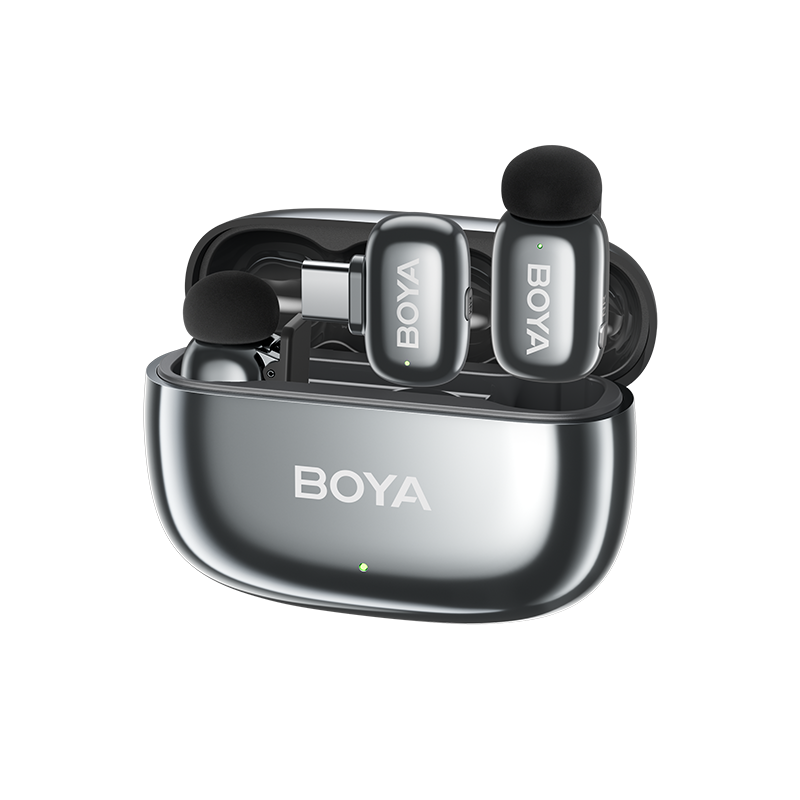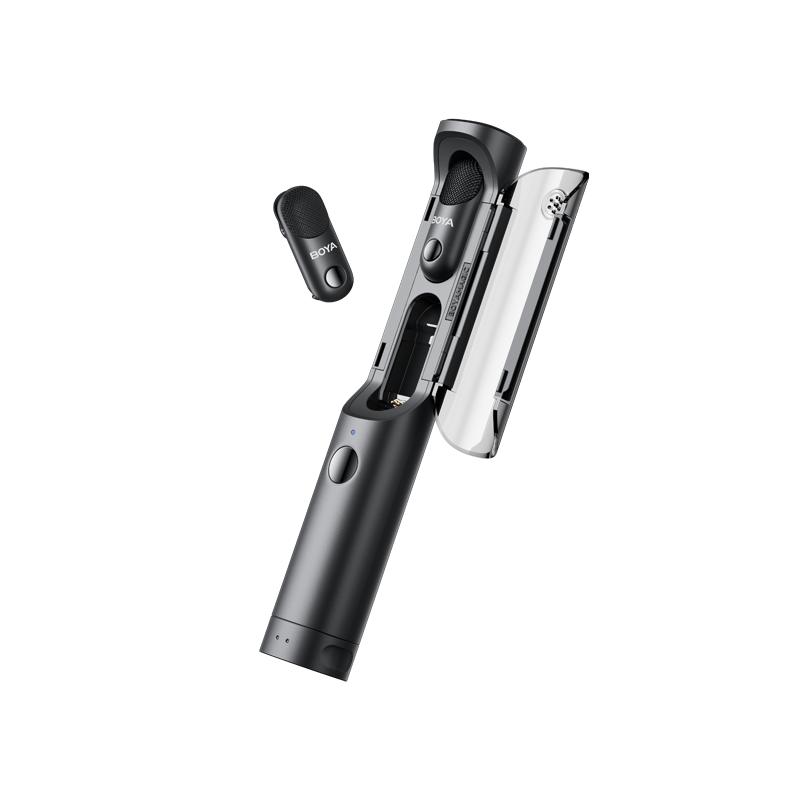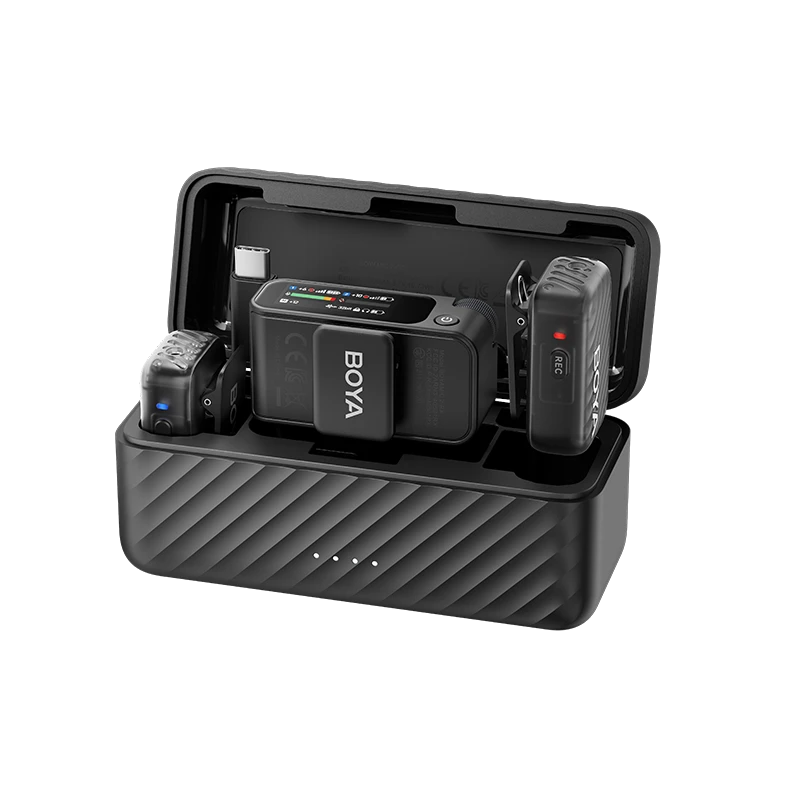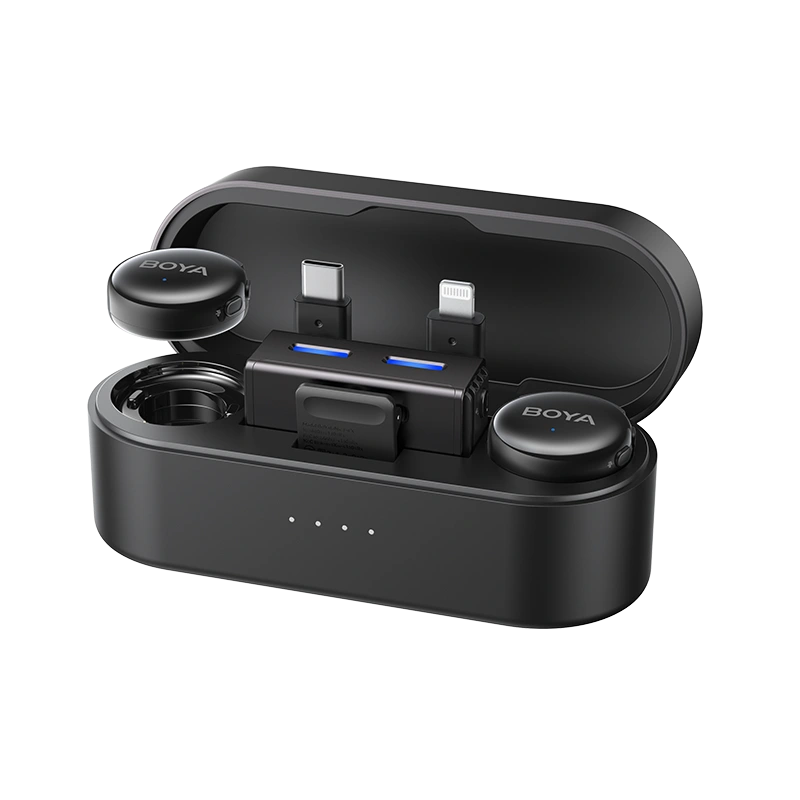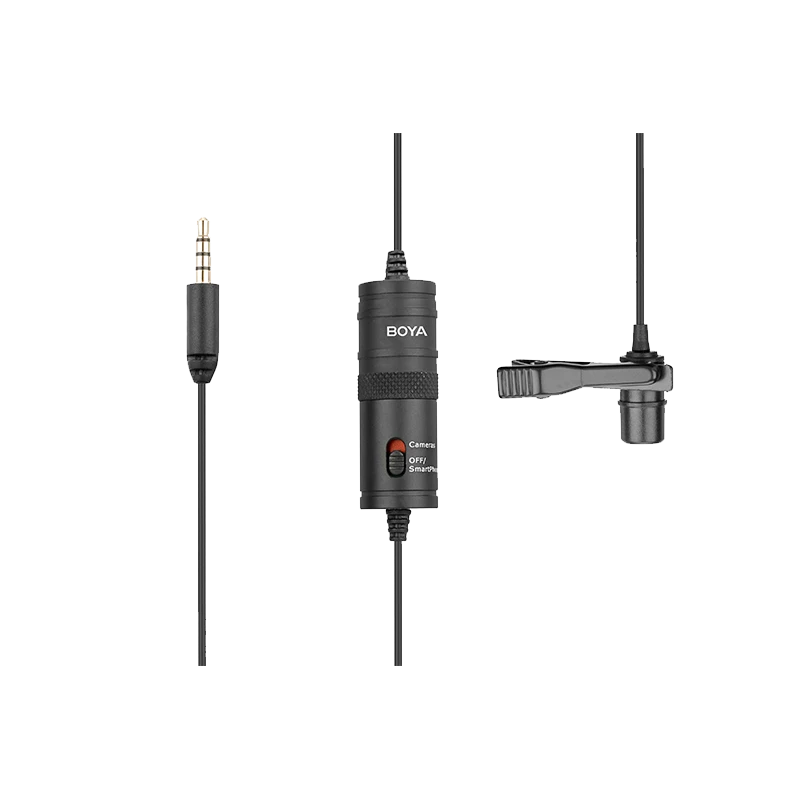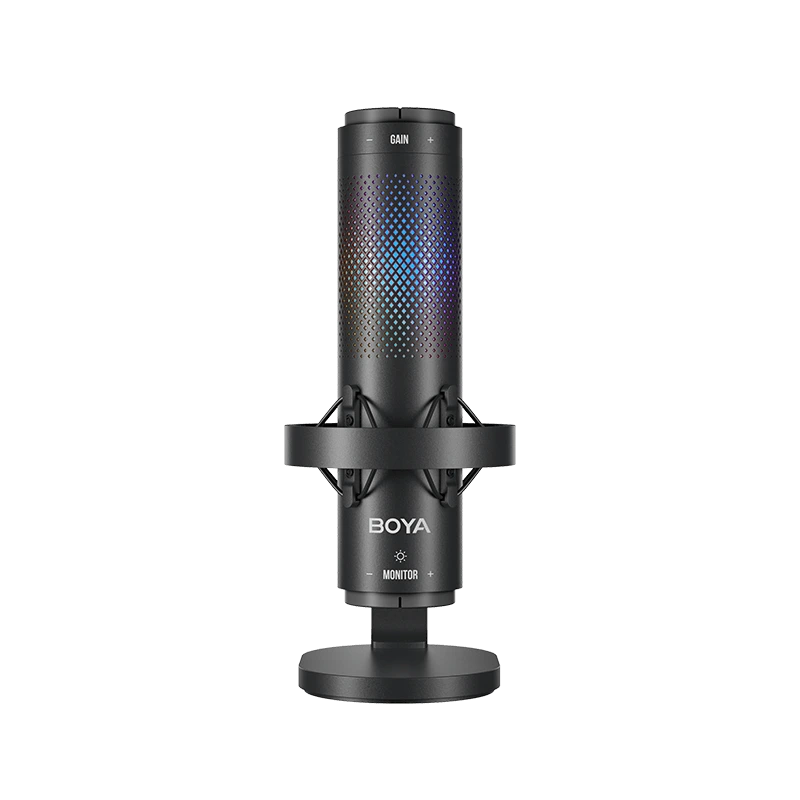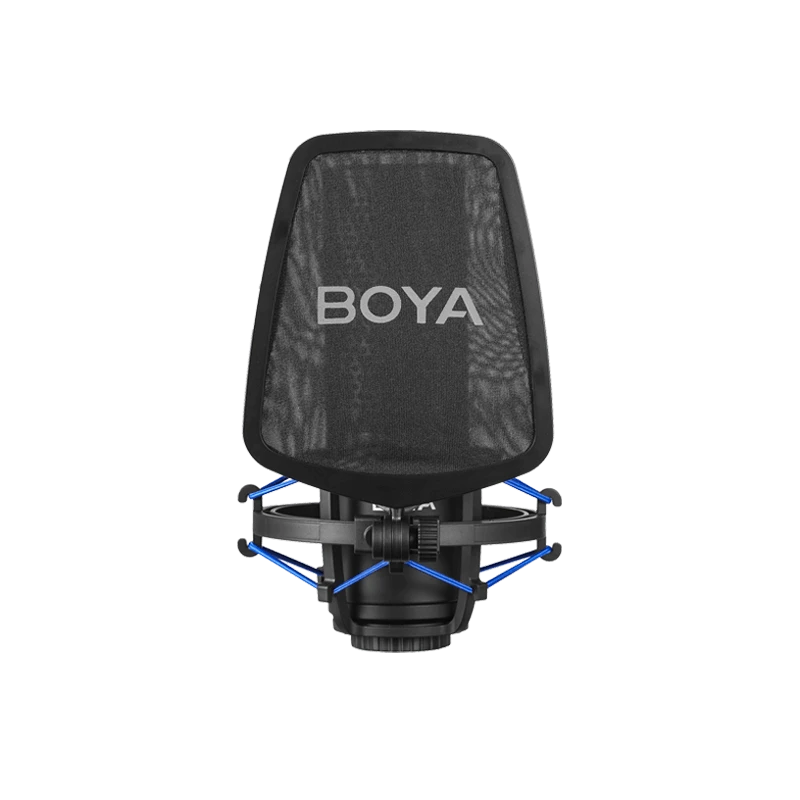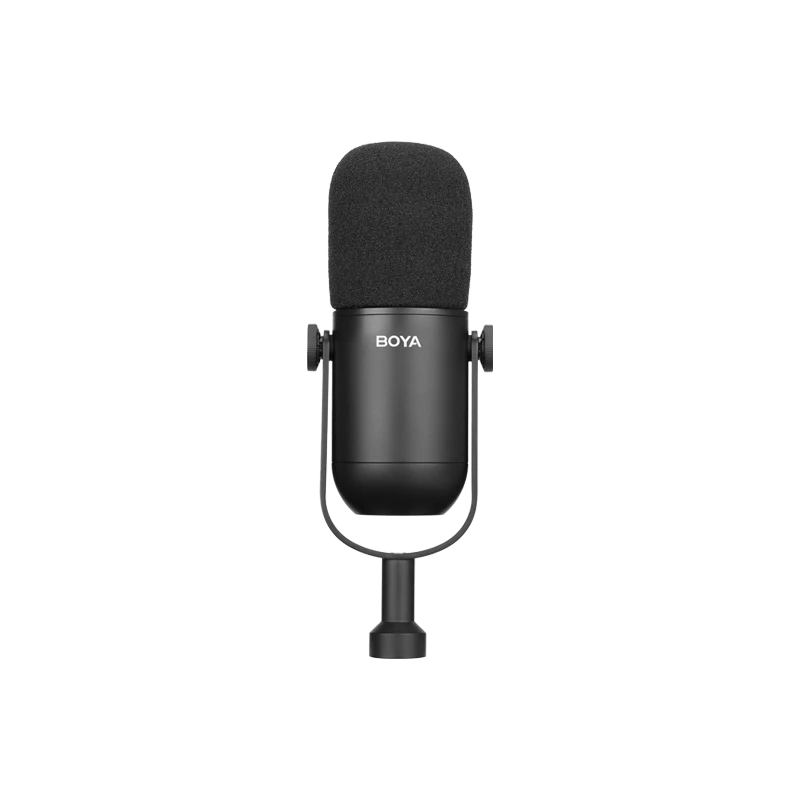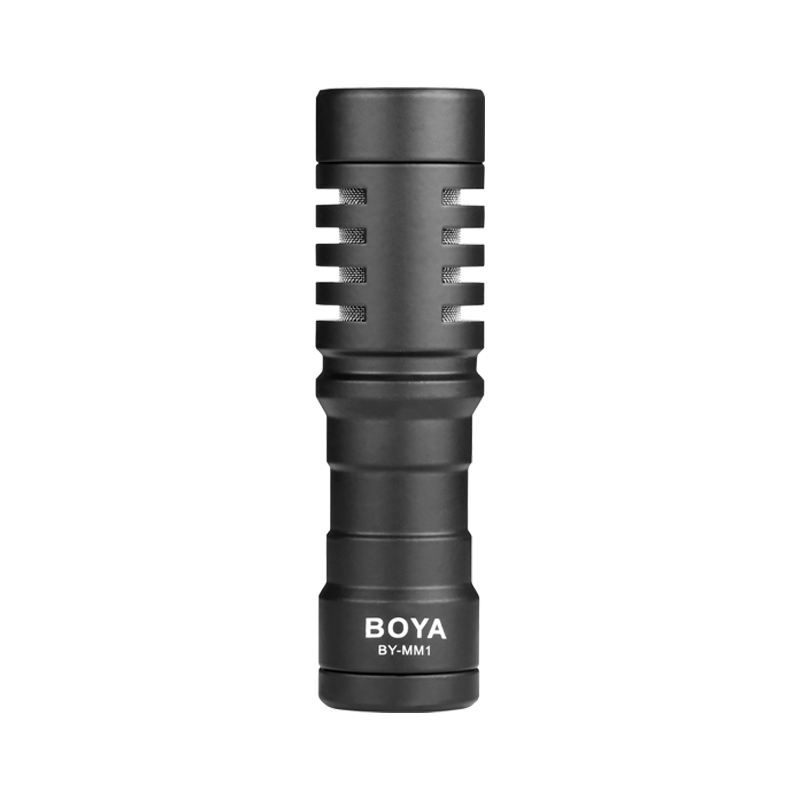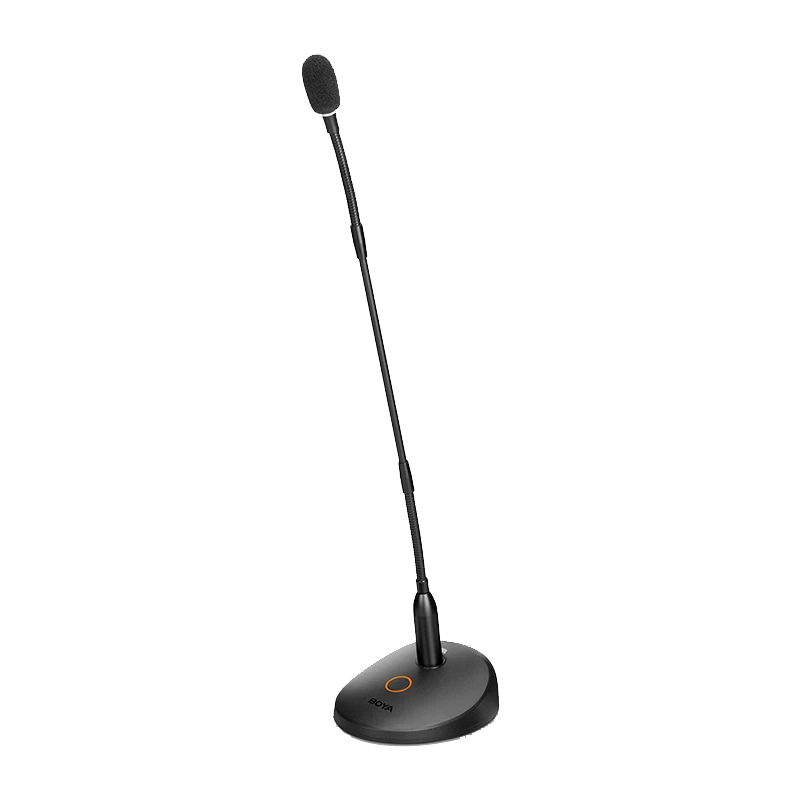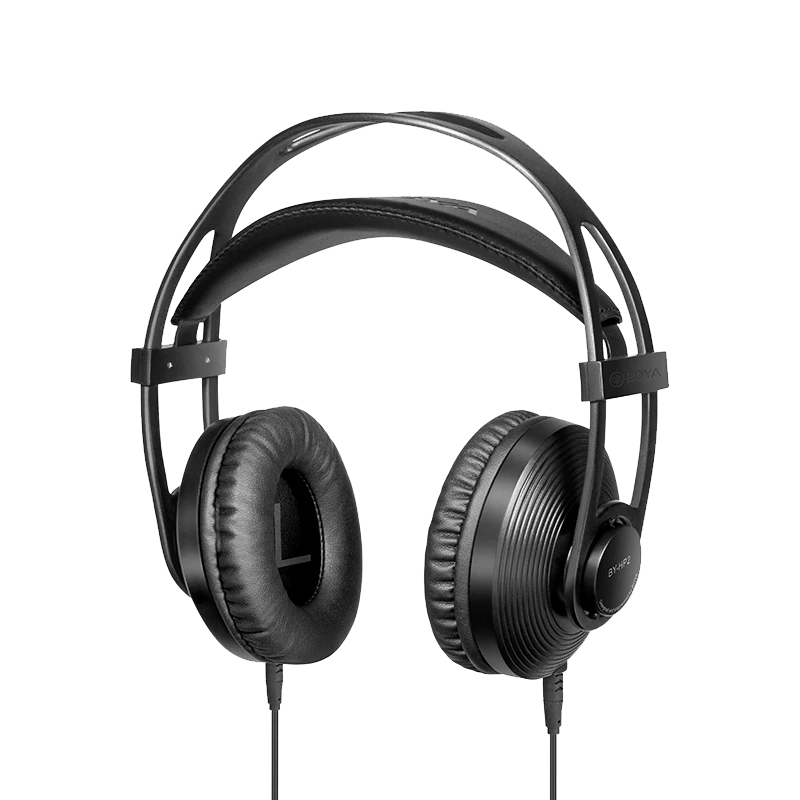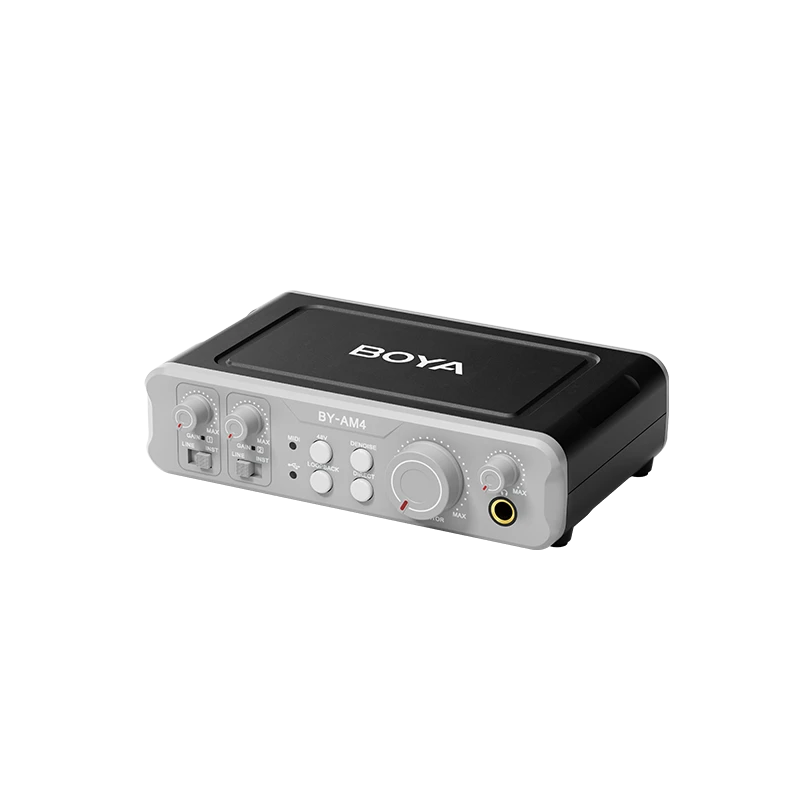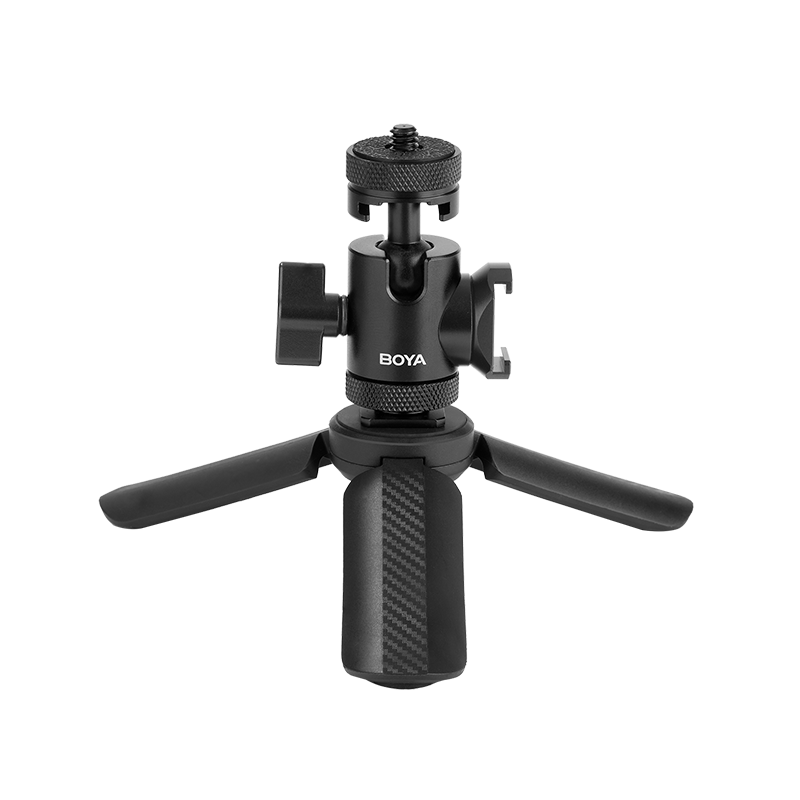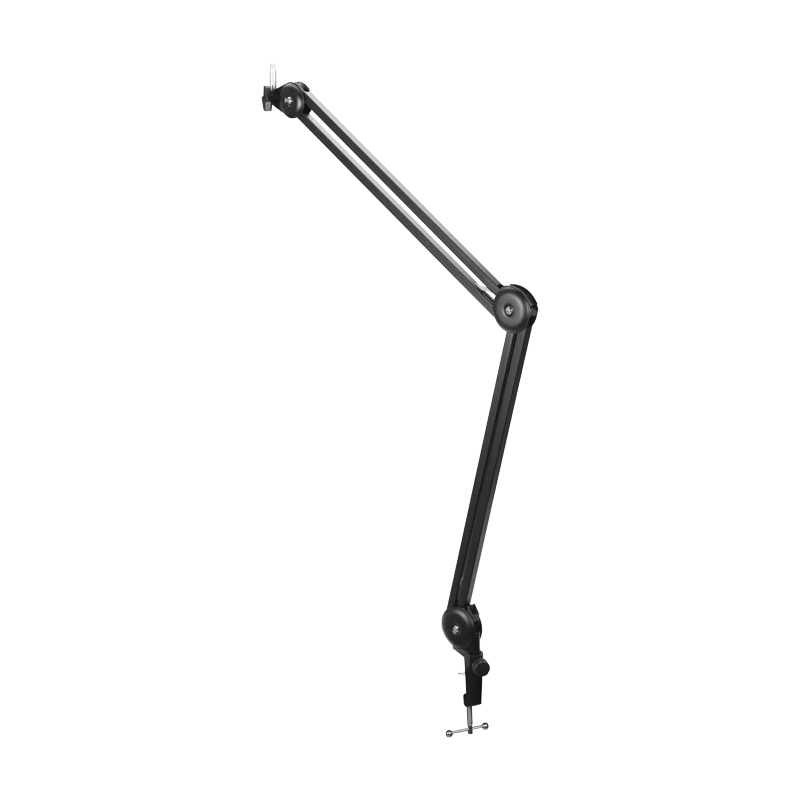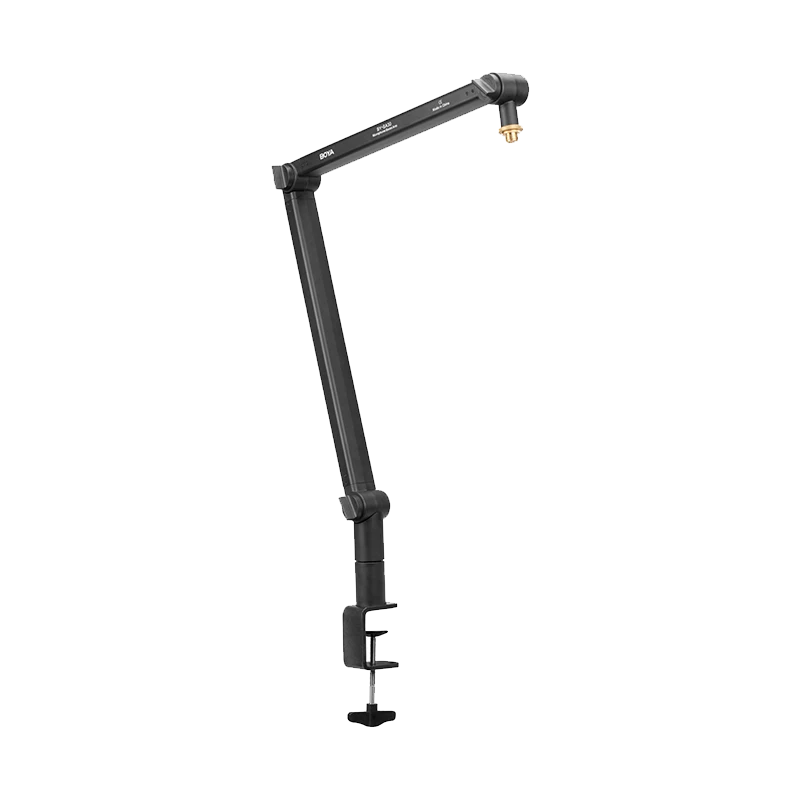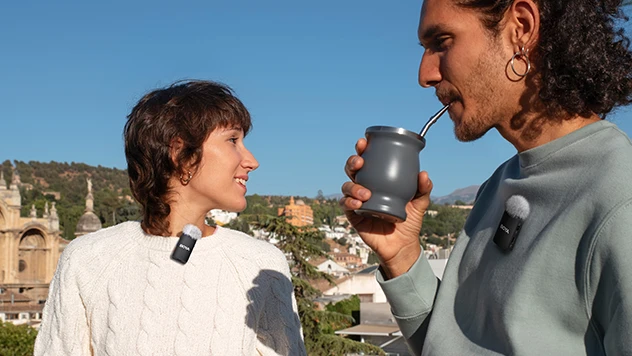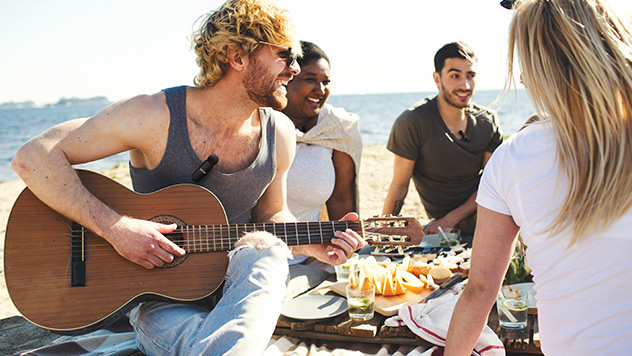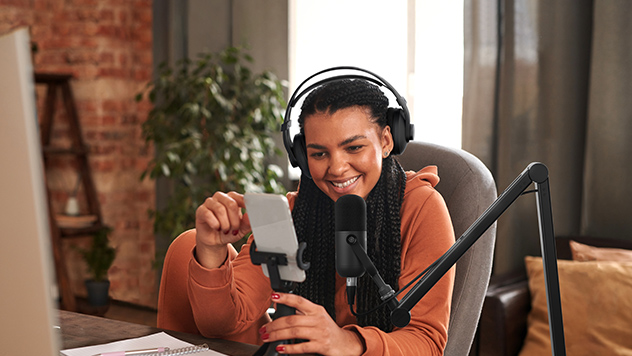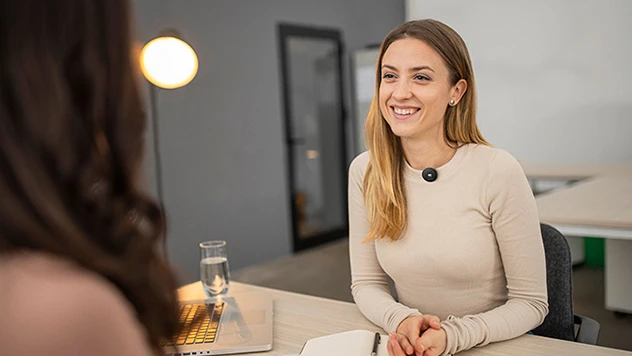Nothing is worse than finishing a recording session only to find your audio is distorted due to unexpected loud sounds. A safety track is your backup plan to avoid this frustration. As a key feature in many professional microphones, it protects your recordings in unpredictable settings. This guide explains what a safety track is, why it’s essential, how it works, and its practical uses in simple terms. If you’re searching for “how to prevent audio clipping” or “microphone safety track explained,” this article offers clear, actionable advice to enhance your recordings.
What is a Safety Track?
A safety track is a backup audio channel recorded alongside your main track. During recording, your microphone or device captures two audio versions:
- Main Track: Recorded at normal volume for standard use.
- Backup Track (Safety Track): Recorded at a lower volume (typically -6dB to -20dB) to prevent overload from sudden loud sounds.
Think of it as a safety net that catches your audio if things get too loud. You'll find this feature on many high-quality microphones and wireless systems today, and on models like the BOYA Magic, you can easily enable it using the dedicated BOYA APP CENTER, making it accessible for creators at any level.
Why is it Important?
Safety tracks tackle common recording challenges, making them invaluable for both novices and pros:
- Prevents Clipping and Distortion: Sudden volume spikes, like shouts, applause, or background noise, can ruin your main track with irreversible distortion.
- Ensures Reliable Audio: It keeps critical audio intact, maintaining clarity in your final product.
- Saves Time in Post-Production: Fix issues without re-recording, streamlining your workflow.
- Key Scenarios: Perfect for interviews, live streams, vlogs, music sessions, or meetings where volume is unpredictable. For example, during a wedding speech, sudden cheers won’t ruin your audio.
How Does a Safety Track Work?
Forget complex setups. A safety track gives you pro-level recording confidence with just a few simple steps.:
- Dual-Track Recording: The device records two tracks simultaneously—the main track at standard gain and the backup at reduced gain (e.g., -6dB or -12dB).
- Activation: With a BOYA Magic, for example, you can simply enable the 'Safety Track' setting in the BOYA APP CENTER with a single tap.
- Post-Processing: If the main track clips, switch to the safety track in editing software like DaVinci Resolve or Audacity, then adjust the volume to match.
Lowering the volume creates headroom, preventing overload—like leaving extra space in a cup to avoid spills. This ensures the backup track remains clean and usable.
-6dB and -12dB Safety Track Applications
Microphones with safety track features typically offer either -6dB (more common for general use) or -12dB (geared toward professional needs). Your choice depends on the recording environment. Here’s when to use each:
-6dB Safety Track
- Applications:
- Vlogs and Casual Videos: For personal vlogs or social media content in controlled settings, like indoor chats or quiet outdoor shoots, where volume changes are minor (e.g., occasional laughter).
- Podcasts: In a studio or home setup for discussions, handling slight variations in speaking volume.
- Tutorials or Demo Videos: Recording online courses or product reviews with stable audio levels, providing a buffer for small fluctuations.
- Why Choose -6dB?: The smaller reduction fits environments with minimal volume changes, simplifying post-production with minimal quality impact.
-12dB Safety Track
- Applications:
- Field Interviews or Events: For street interviews, weddings, or conferences with risks of sudden applause, cheers, or background noise.
- Music Rehearsals or Performances: Capturing band sessions or live music with wide dynamic ranges from instruments or vocals.
- Outdoor Adventures or Sports Content: Filming activities like hiking or sports, where yells, wind, or environmental sounds are common.
- Why Choose -12dB?: The larger reduction suits unpredictable, high-energy settings, offering robust protection.
Pro Tip: If you’re unsure which setting to use, the -12dB option provides more robust protection in unpredictable environments. Just remember that it may require a slightly larger volume boost in post-production.
Advantages and Limitations of Safety Tracks
- Advantages:
- Simple to use and effective at improving recording reliability.
- Protects against sudden loud noises, preserving your session.
- Saves time by allowing quick fixes in editing instead of re-recording.
- Boosts professionalism for vloggers, podcasters, and videographers.
- Limitations:
- Uses extra storage due to dual-track recording.
- Requires post-production work for fixes, not real-time correction.
- Not perfect in extreme noise scenarios; depends on device support.
Safety Track vs. Other Audio Protection Methods
| Feature | Safety Track | 32-Bit Float Recording | Limiter |
|---|---|---|---|
| Principle | Dual backup with reduced volume | Expanded dynamic range without backups | Real-time peak compression |
| Pros | Simple, reliable for beginners; cost-effective | No clipping risk; professional-grade | Instant protection; no editing needed |
| Cons | Needs editing; uses more space | Requires expensive gear | Can alter sound quality; limited flexibility |
| Best For | Videos, podcasts, interviews | High-end music production | Live broadcasts or performances |
Safety tracks are ideal for beginners, but for advanced setups with ample budget, the BOYA Mic2 combines safety tracks, 32-bit float recording, and a limiter for ultimate audio protection.

Conclusion
A safety track is a simple yet powerful tool to prevent audio clipping, ensuring your recordings stay clean and professional. By using it, you’ll avoid common audio pitfalls and produce better content with less hassle. Enable it through BOYA APP CENTER on your next recording for added confidence.
To learn more about the latest news from BOYA, join in our official social media accounts: Facebook, Youtube, Instagram.
Frequently Asked Questions
What is a microphone safety track?
It’s a backup audio channel recorded at a lower volume to prevent distortion from sudden loud sounds, enabled via apps like BOYA APP CENTER.
How does a safety track prevent audio clipping?
By recording a quieter backup track, it avoids overload when the main track clips, allowing you to switch tracks in editing.
Does a safety track reduce audio quality?
No, it only lowers volume; boosting it in post-production maintains quality.
Which microphones support safety tracks?
Many professional wireless microphones, such as BOYA Magic, come equipped with this feature, and you can easily configure it using the BOYA APP CENTER.
How is a safety track different from stereo recording?
Stereo creates spatial audio (left/right channels); a safety track is a backup to prevent volume-related clipping.
What is the difference between onboard recording and a safety track for a microphone?
Many modern microphones feature both onboard recording and a safety track, and while both can act as a backup, they protect against different types of issues.
- Onboard Recording is the microphone's ability to record audio directly to an internal memory card. Its main purpose is to serve as a redundancy against equipment failure. For example, if your camera's battery dies or a cable disconnects, the onboard recording ensures you still have a complete audio file.
- A Safety Track is a secondary audio file recorded at a lower volume (typically 6-12 dB lower) at the same time as your main track. Its purpose is to act as a safeguard against audio clipping or distortion. If an unexpected loud sound causes your main track to distort, you'll have the clean safety track to use instead.
In short, onboard recording protects your file from a hardware failure, while a safety track protects your audio from a volume issue.

